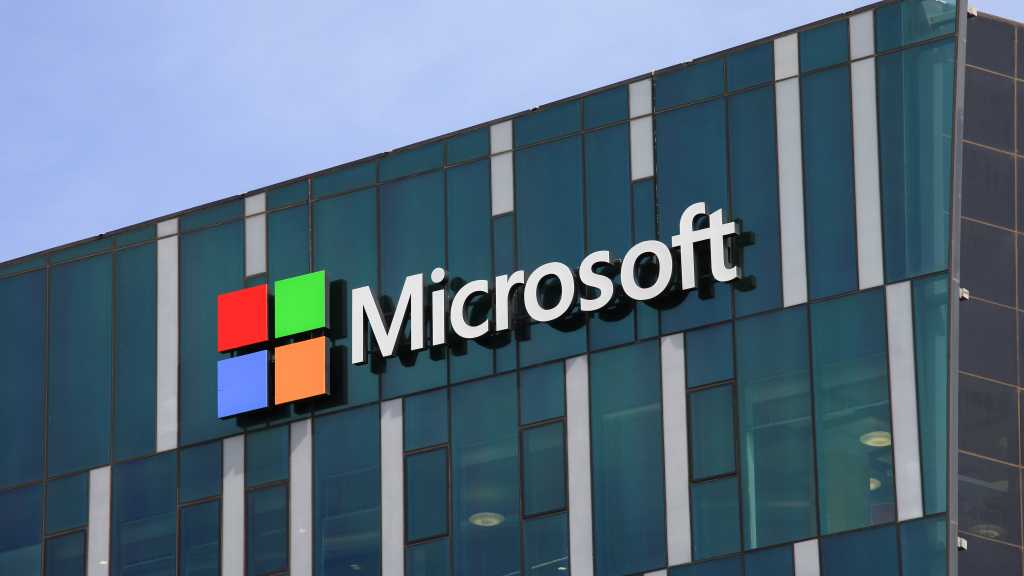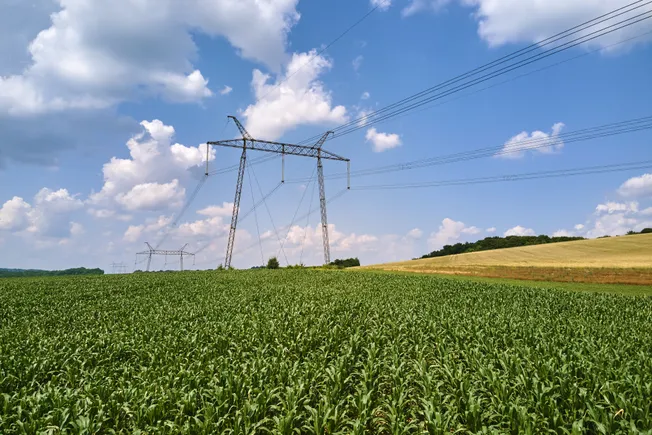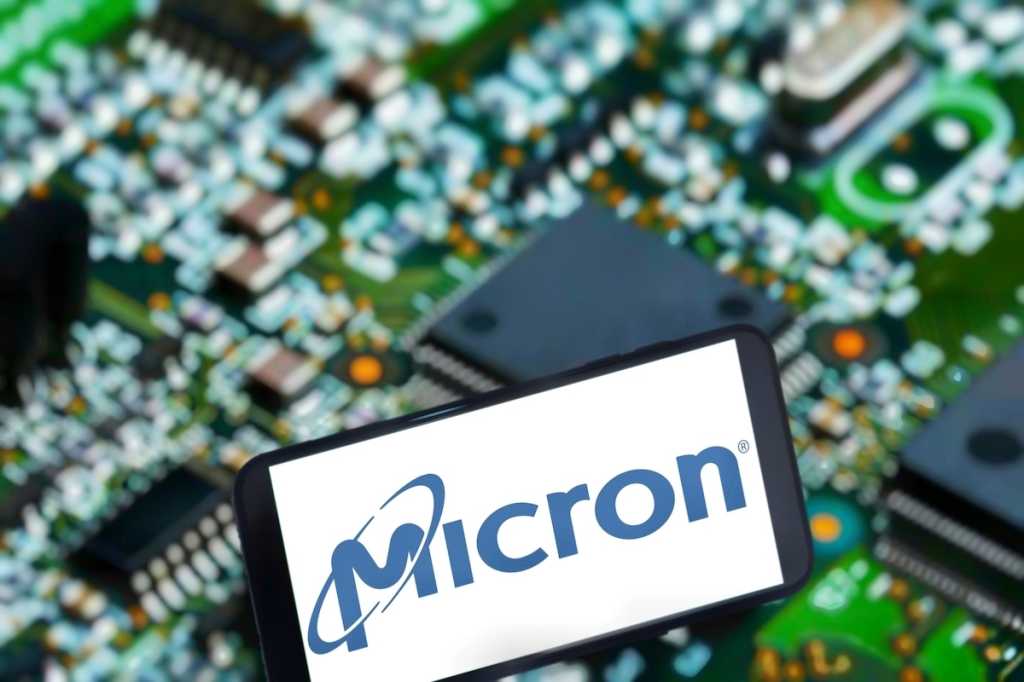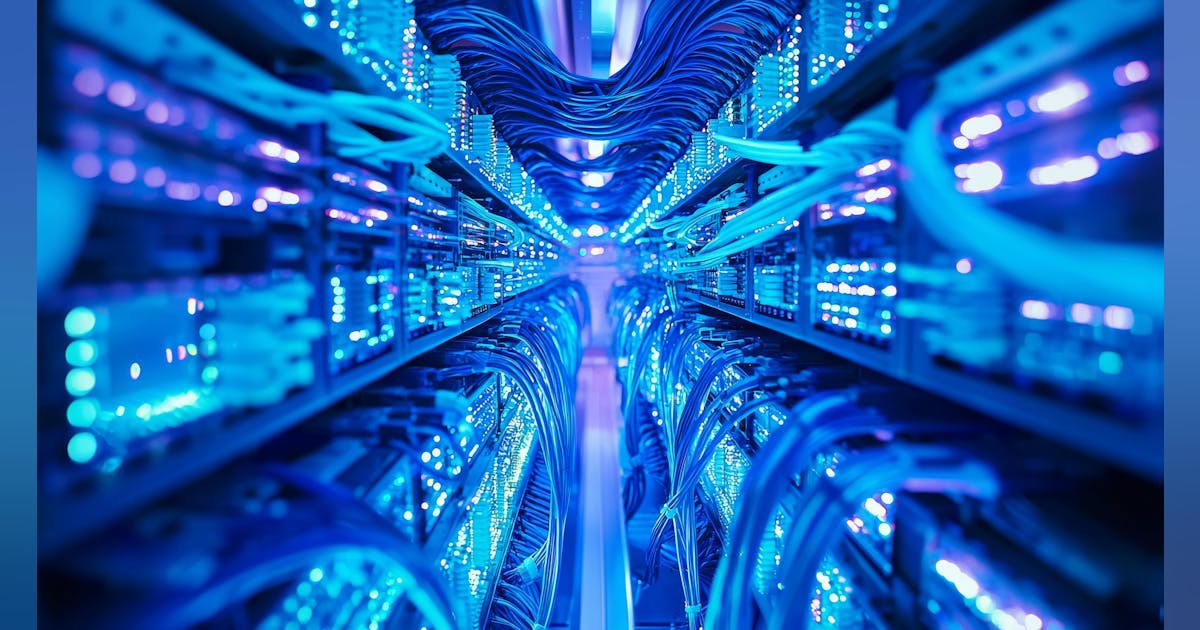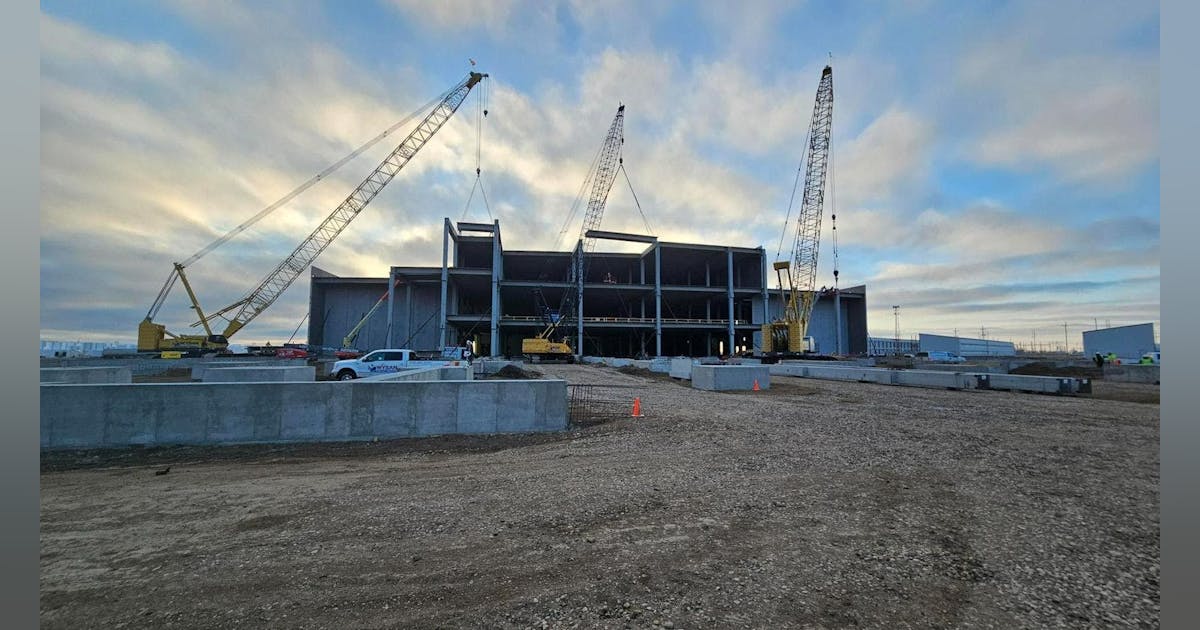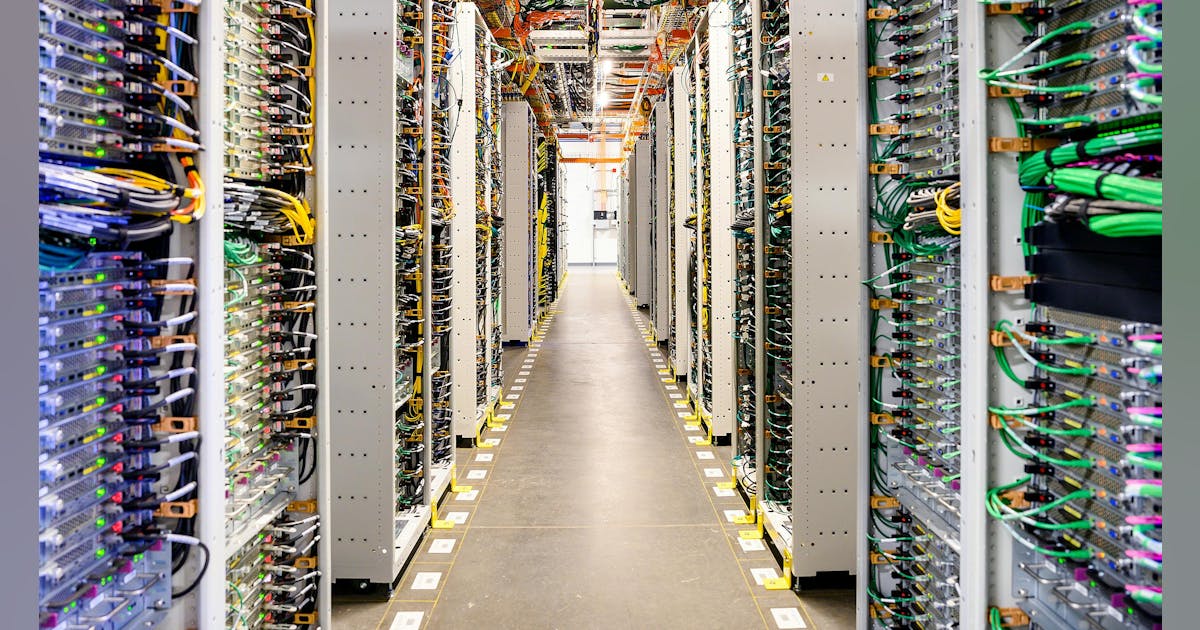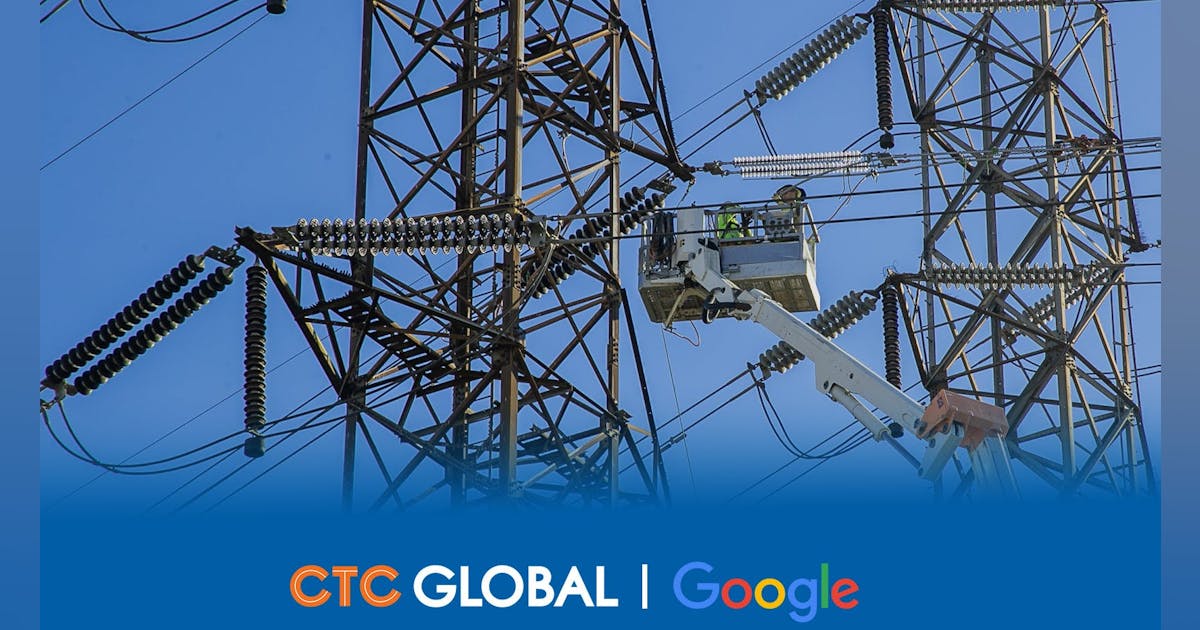
Trafigura Group-owned Greenergy has begun consultations on a proposal to halt production at one of its two UK biodiesel plants, as uncertainty about the country’s biofuels industry grows.
Despite cost-cutting efforts, the plant in Immingham, Lincolnshire “has continued to be negatively impacted by market factors, including slower increases in the UK’s biofuels blending mandates compared to European countries and competition from subsidized US-origin products,” the company said in a statement.
Greenergy and British ethanol plants want the government to revise policy to support the sector. The industry is seeking increased blending mandates – above the current 10 percent levels – as cheaper American supplies flood the domestic market.
One ethanol manufacturing facility has already started to wind down operations because of the hit from American ethanol supplies.
“As European countries are updating their mandates in recent months, the UK has fallen quite a bit behind Europe,” Greenergy Chief Executive Officer Adam Traeger said in an interview. Despite talking to the British government on the lag in policy, “we’re not seeing the action that we would like,” he said.
Pressure on the biodiesel industry has come from US companies sending increased volumes of hydrotreated vegetable oil to Britain, following the removal of countervailing duties and anti-dumping tariffs, Traeger said. Changing the blending mandate or encouraging increased use by the maritime or aviation industries would help boost volumes of biofuel used in the UK.
The Immingham plant accounts for more than 25 percent of the UK’s biodiesel production, according to the company. Its larger Teesside plant will replace some of these volumes, Traeger said, otherwise it’ll “have to be replaced with imports coming from other producers either in Europe or around the world.”
What do you think? We’d love to hear from you, join the conversation on the
Rigzone Energy Network.
The Rigzone Energy Network is a new social experience created for you and all energy professionals to Speak Up about our industry, share knowledge, connect with peers and industry insiders and engage in a professional community that will empower your career in energy.

